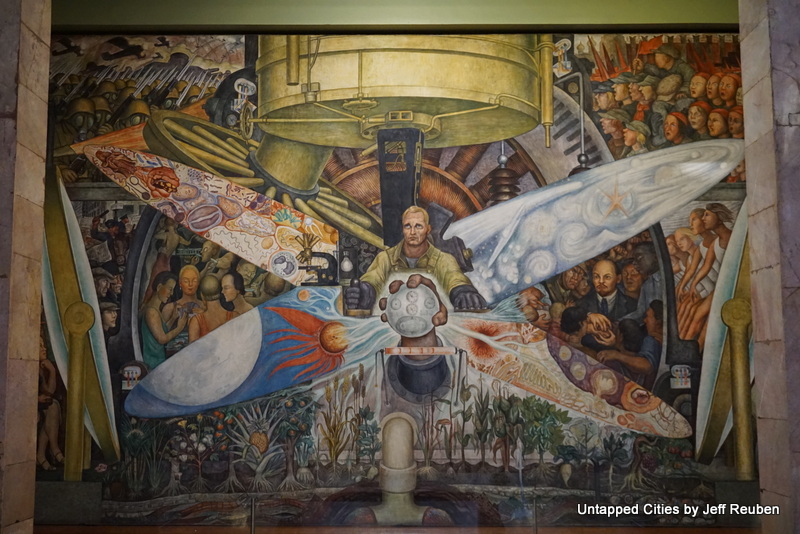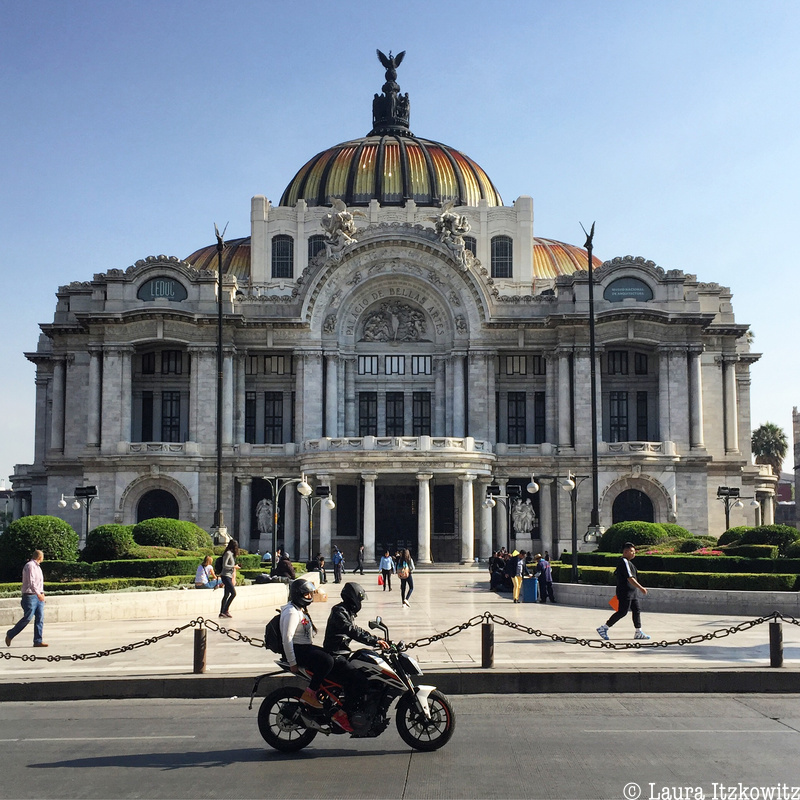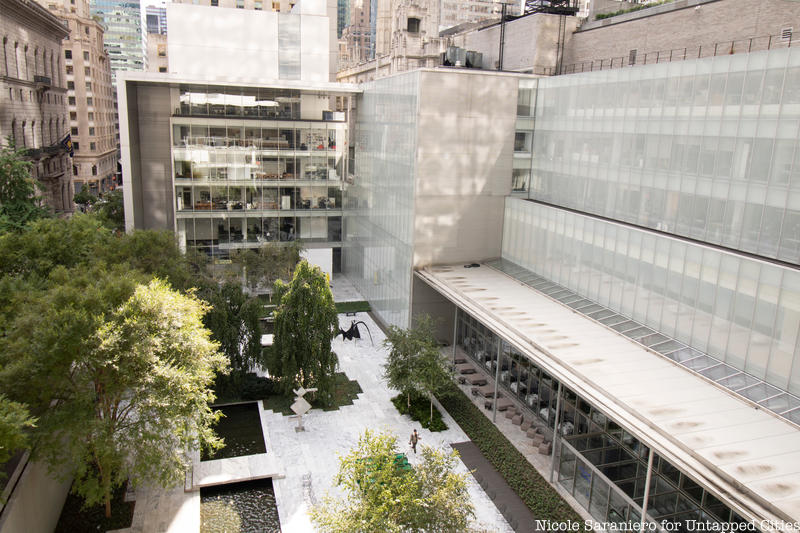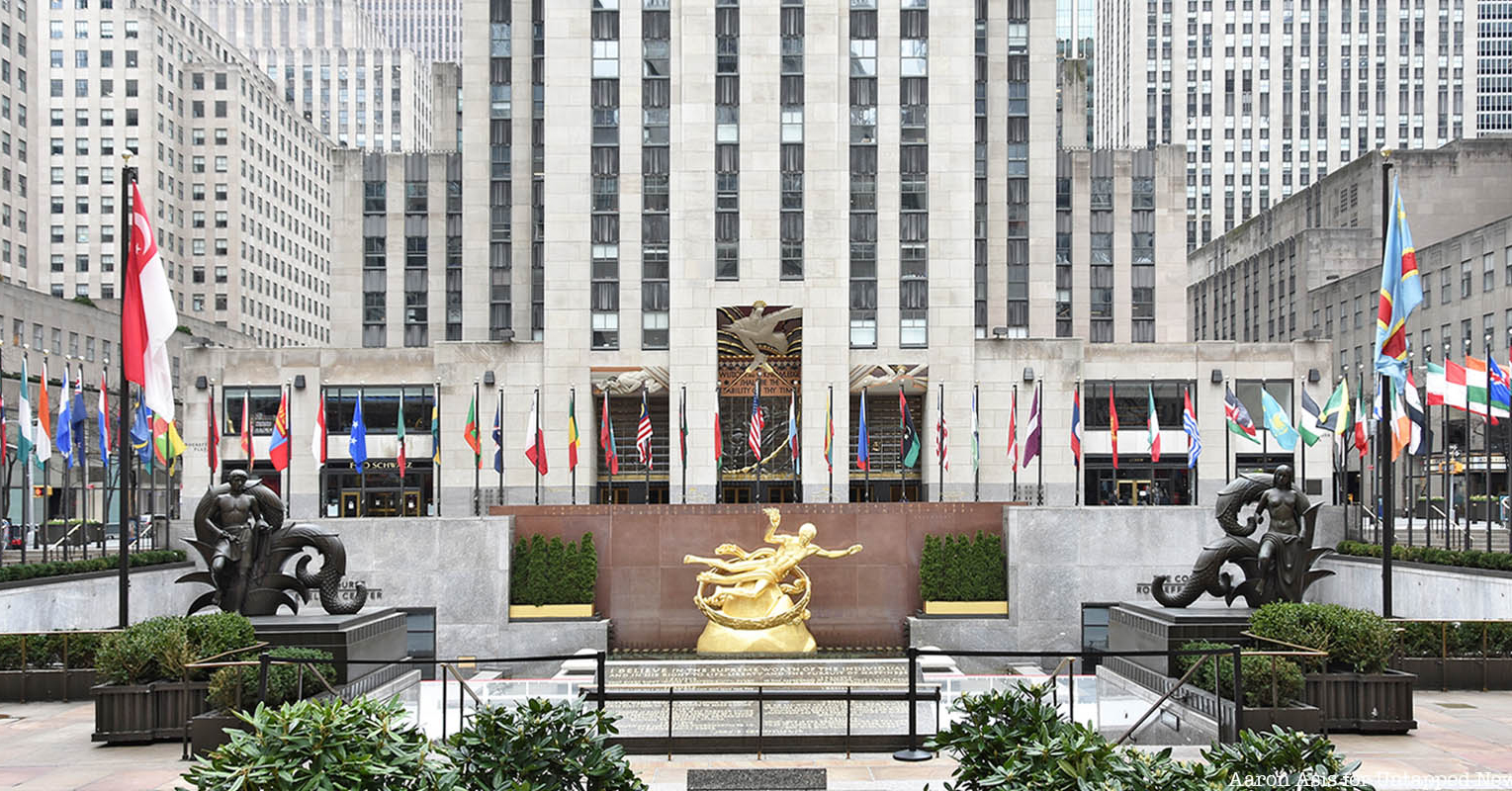Art movements rarely conform to national borders; nor do they result from the efforts of artists alone. Transnational networks of individuals and institutions often play essential roles in seeking out, interpreting, and championing radically new works of art.
Never has this been more the case than during the 20th-century’s “Mexican Moment,” a period of intense cultural dialogue between Mexico and the United States, which started around 1920, after the conclusion of the armed phase of the Mexican Revolution, and lasted for about two decades. Centered around the Mexican Renaissance, a socially engaged cultural flowering widely acknowledged as a critical chapter in the history of 20th-century art, this broad cultural phenomenon was activated by artists, museum curators, gallerists, writers, and publishers in both countries. Working in a variety of fields, from fine art to craft, and from literature to journalism, these figures created and promoted an art that pioneered a synthesis of ancient, indigenous traditions and international, modernist aesthetics.
In the 1920s and 1930s, three American cities—Chicago, Los Angeles, and New York—were the most active centers of cultural exchange between Mexico and the United States. Together they served to assimilate contemporary Mexican art into the American mainstream, forming an arc from avant-garde to establishment. Yet, what happened in Chicago and Los Angeles, happened in New York in even bolder letters. New York was the epicenter of the nation’s art gallery scene. It was also the nation’s publishing capital, encompassing mainstream publications as well as politically radical ones. The city’s art patrons provided critical funding for the promotion of modern Mexican art.
Chief among these patrons was the Rockefeller family. John D. Rockefeller, Jr, scion of the family business, sought to advance his extensive economic interests in Mexican oil production, while at the same time elevate his family’s international cultural position by championing the cutting-edge art emanating from Mexico. These goals famously clashed in 1932 when Rockefeller commissioned Diego Rivera to paint a mural, “Man at the Crossroads,” at Rockefeller Center (then under construction), only to destroy the work of art when the leftist artist inserted an image of Vladimir Lenin into his portrayal of a positive future.

The Rockefeller family was also intimately involved with Mexican art through the activities of John D. Rockefeller Jr.’s wife, Abby Aldrich Rockefeller, who in 1929 had co-founded the Museum of Modern Art (MoMA). Under the leadership of its first director, Alfred H Barr Jr., MoMA had purchased paintings and works on paper by “los tres grandes” of the Mexican muralist movement: Rivera, David Alvaro Siqueiros, and José Clemente Orozco. Two years before taking the helm at MoMA, Barr had met Rivera in Moscow as members of the international art world congregated to partake in preparations for celebrations marking the Russian Revolution’s tenth anniversary. In 1932, building upon that meeting, MoMA presented its second monographic exhibition (following a show of Henri Matisse’s work), this one focusing on Rivera. The exhibition set an attendance record for the new institution.
Six weeks before the exhibition opened, Rivera had traveled to New York as MoMA’s guest, and worked furiously with two assistants in studio space within the museum itself, to produce five “portable murals”—independent, frescoed units of plaster—on Mexican themes. (One depicting Emiliano Zapata would become an icon of the museum’s permanent collection.) Rivera quickly created three additional panels portraying New York.

Eight years later, in 1940, these works by Rivera were exhibited in the Museum’s landmark show Twenty Centuries of Mexican Art. Described in a press release as “the largest and most comprehensive exhibition of Mexican art ever assembled,” the exhibition was a collaboration between the museum and the Mexican government. It comprised 5,000 objects, ranging from pre-Columbian, Colonial, and modern art, to folk and popular art, including pottery and masks. The exhibition took up all three floors of the museum’s recently completed building in midtown Manhattan. It extended into the museum’s garden, where a Mexican-style market stood next to reproductions of monumentally scaled pre-Columbian sculptures. A star-filled opening attracted international press attention. The museum also commissioned the conductor and composer Carlos Chavez to present a series of concerts of Mexican music, including a piece inspired by the sounds made by ancient Aztec instruments. The museum’s ambitious undertaking was complemented by commercial events beyond its walls; reflecting the era’s American fascination with all things Mexican, Macy’s department store, Kresge’s five-and-dime stores, and local New York purveyors featured displays of Mexican paintings, furniture, and pottery in their windows.
The exhibition, for which there was a bilingual catalogue, was a virtual analogue of the entire network phenomenon connecting the United States and Mexico. Among the nearly ninety contemporary artists represented in the show, many had already shown in the United States, collectively serving to expose Mexican art to a broad American audience; many had in fact visited, lived in, or taught, in New York, including Rivera, Orozco, and Siquieros. Rufino Tamayo and the French-born Mexican Jean Charlot, who participated in the exhibition, would subsequently move to New York. Leveraging his already considerable reputation in New York as an illustrator for Vanity Fair magazine, the Mexican artist Miguel Covarrubias played multiple roles in the creation of the MoMA exhibition. Not only did he lend portions of his important collection of pre-Columbian art to the exhibition, but he also curated its section of modern Mexican art and contributed an essay to the catalogue.

While Twenty Centuries of Mexican Art was seen by some observers as a highpoint of cultural exchange between the United States and Mexico, others viewed it as the beginning of the end. The journalist and arts promoter Anita Brenner, who had connected artists and influential gallerists, publishers, curators, and collectors and had herself been part of a transnational community that supported avant-garde art and leftist political causes, wrote in the pages of Harper’s magazine that the involvement of the Museum of Modern Art—an institution she criticized for only celebrating the celebrated–signaled a sea change from experimentation to blue-chip acceptance. The “Mexican Moment” would soon dim. It was eclipsed by the non-figurative, apolitical approach of the New York School of Abstract Expressionist painters who, following the Second World War, took the international art world—and the Museum of Modern Art—by storm.
Want to learn more? The authors will be teaching an online course in early November; click here to register: “The Mexican Moment in New York”. This program is another feature of GothamEd, offering digital courses for the public year-round with experts and leading scholars of New York City history. It is presented by The Gotham Center, at The Graduate Center, City University of New York, for more than twenty years the leading academic institution devoted to New York City history. Untapped New York Insiders get 20% off courses at the Gotham Center using the code UNYINSIDER (and get your first month free with code JOINUS).
Next, read about 8 historic murals in NYC that have been uncovered, saved, or are at risk for destruction!






